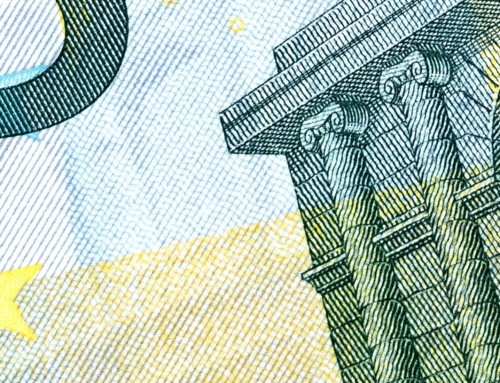Brand Product Packaging. Packaging the Brand is a detailed discussion of the most overtly commercial area of graphic design. Packaging represents the largest overlap between the disciplines of graphic design and branding. While many other areas of design may be commercial to an extent, the success of a piece of packaging design is inextricably linked with its ability to sell a product. This book discusses the implications of this commercial function for a designer. It explores methods of visually communicating the value of a product to its target audience, and examines the entire lifespan of a piece of packaging: from its manufacture and construction, its display in various retail environments, to its eventual disposal and the associated environmental concerns.
Packaging
Packaging can get very complicated and it requires a lot of thought and planning. Always allow enough time to package your products properly. Neil Westwood, who set up Magic Whiteboard, recalls that they re-designed their packaging several times before deciding on the final one.
Think about your target retailers and how they will display your product, bearing in mind that they will want it to occupy as little space as possible in their store. Size and shape are paramount, as well as the positioning of the handle and the labels. Neil suggests getting some boxes mocked up before ordering thousands of them, so you can assess the packaging properly. These mock-ups can also be shown to buyers who may give you feedback on what needs to change and what works well.
Grace Foder believes that it’s well worth the investment of hiring a product development director, or an outside consultant. Getting your brand right is absolutely essential and the packaging is the most important tool to generate sales, as it is the first thing potential customers will see. A local printing business can help create the labels and packaging, possibly at a lower price than a larger printing company but bear in mind costs will be vary according to the size of your order, and bulk buying discounts may not be available if you only want a few prototypes. It might also be worth approaching a small design agency to help as they should have a large array of contacts in the field.
Labelling
When deciding on labels for your product, there is no substitute for basic market research. Look at your competitors and other products on the market and try to gauge what works and what doesn’t. Businesses often underestimate the significance of a label and the effect it can have on sales, so be sure that the one you go for really is the right one for your product, because last minute changes can be costly. Simon Duffy, who co-founded Bulldog Natural Grooming, likes to think of the supermarket shelf as his billboard. It’s a place to show off your product, so make the most of this opportunity by creating original and imaginative labels.
The label must reflect your brand and its proposition. A clear and simple label will help your product stand out on the shelf, which is the ultimate aim, bearing in mind shoppers often don’t have much time to browse.
Grace Foder from Jemma Kidd Make Up School warns of the dangers of labels becoming too convoluted. She says they must be clean, simple and to the point. However, while labels should be uncomplicated, make sure that nothing is missed out in the wording, as this will be extremely pricey and burdensome to correct.
There are various legal requirements to bear in mind, such as including ingredients for food items or cosmetic products, as well as the period after opening date, or use-by date. Remember that you’ll also need to leave a space for a barcode, and you might want include a Euro hook if you are thinking of selling elsewhere in Europe.







